On paper, Marvel vs. Capcom feels like a series that shouldn’t work. Marvel and Capcom are two vastly different companies with very different audiences, so a crossover between the two would seem outlandish if we weren’t already at the fourth entry in this now-beloved franchise.
The dedicated fan base for this unlikely crossover series comes in large part from focus on style and flash, with giant screen-filling lasers and high-jumping aerial combos both being staples of the franchise. But with the reveal of Marvel vs. Capcom Infinite, many of the series’ fans are worried about the franchise’s future. The removal of assists, the downsizing of the teams from 3 to 2, and the new Infinity Gem mechanic have people concerned that Infinite might be shaking up the formula too much.
Shortly after its reveal at E3 this year, I got some hands-on time with MvC: Infinite to see this upcoming game for myself. With that in mind, does this new iteration has the flair that makes the Marvel vs Capcom series such a blast to play? You bet your ass it does.
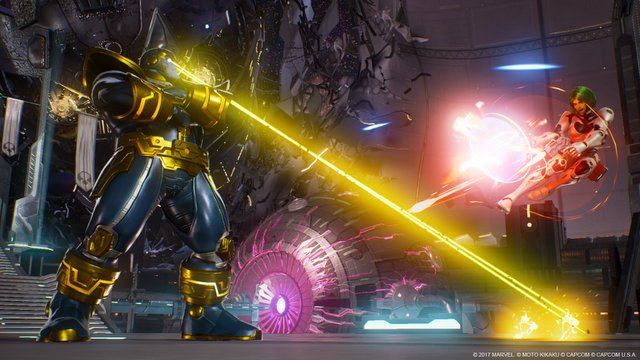
My time with Infinite proved that the series is just as hyperactive and bonkers fun as it’s always been. The new additions and changes to the series in no way minimize the fun of the series — if anything, they actually add to it. Assists are indeed out, but in their place is the active tag system, which may be even crazier.
Rather than calling in an ally to do a quick attack, you can tag out your active character during anything and they’ll finish the attack before hopping out. So if you have Iron Man on screen blasting away with lasers and you tag in Arthur, Iron Man will continue to fire lasers while Arthur comes onscreen.
Active tag is going to make Marvel’s already bonkers comboing even more nuts. In the demo I played, I used Ultron and X — and while I probably didn’t use it to its full potential, the active tag system let me get some extra hits in where I otherwise would’ve dropped a combo.
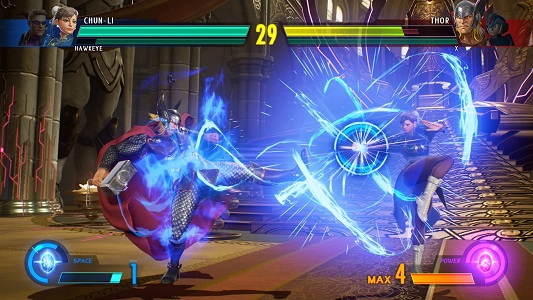
The Infinity Gems also are much better implemented than the gems from Street Fighter x Tekken — the cousins that many were worried MvC would take after. Each player picks one stone at the beginning of the match, and it gives the team two new tools to work with (whereas SFxT‘s gems were numerous and could alter stats dramatically, which made them horribly unbalanced). By comparison, the Infinity gems are much more actively involved, rather than simply passive buffs.
Power, Space, and Time stones have all been shown off before now — but the new stone on display is the Reality Stone, which when used normally as a Surge, fires off a small red projectile that’ll chase down the onscreen foe. This orb may not seem like much. But when used in conjunction with an offensive advance, the extra pressure can be just what you need to open up a blocking opponent or extend a combo.
When using its Storm ability, however, the Reality Stone causes special elemental effects to rain down on the opponent, depending on the last attack used. This ability ramps up its pressure capabilities to eleven, making the Reality Stone a must for players who love to dive in headfirst towards their enemies.
As fun as the game is, it’s not perfect. The roster is for the most part, reused from Ultimate Marvel vs. Capcom 3. And while most old characters have at least one new move, having so much of the cast be pretty much identical to the last game is a bit of a bummer.
Though I’m not as harsh on the visuals as most fans seem to be, there’s definitely room for improvement there as well. Some animations look really choppy and unfinished, and a lot of the cast just looks plain ugly — with Rocket Raccoon, Dante, and Thanos being some standouts. In a game where the cinematic story mode is one of the big selling points, having an nasty cast is really going to put a damper on that front.
I also personally still don’t understand why the 3v3 system dropped to 2v2. But after spending some time testing it out, that’s not a dealbreaker for me in the slightest.
Overall, Marvel vs. Capcom: Infinite still nails what’s most important to the franchise: the over-the-top gameplay. Air combos are still a blast to pull off, moves are bright and flashy, and the speed is still breakneck. There’s some work to be done (like confirming Shuma-Gorath and Amaterasu) between now and its September release, but the game is well on its way to joining its predecessors as one of the biggest fighting game crazes for years to come.

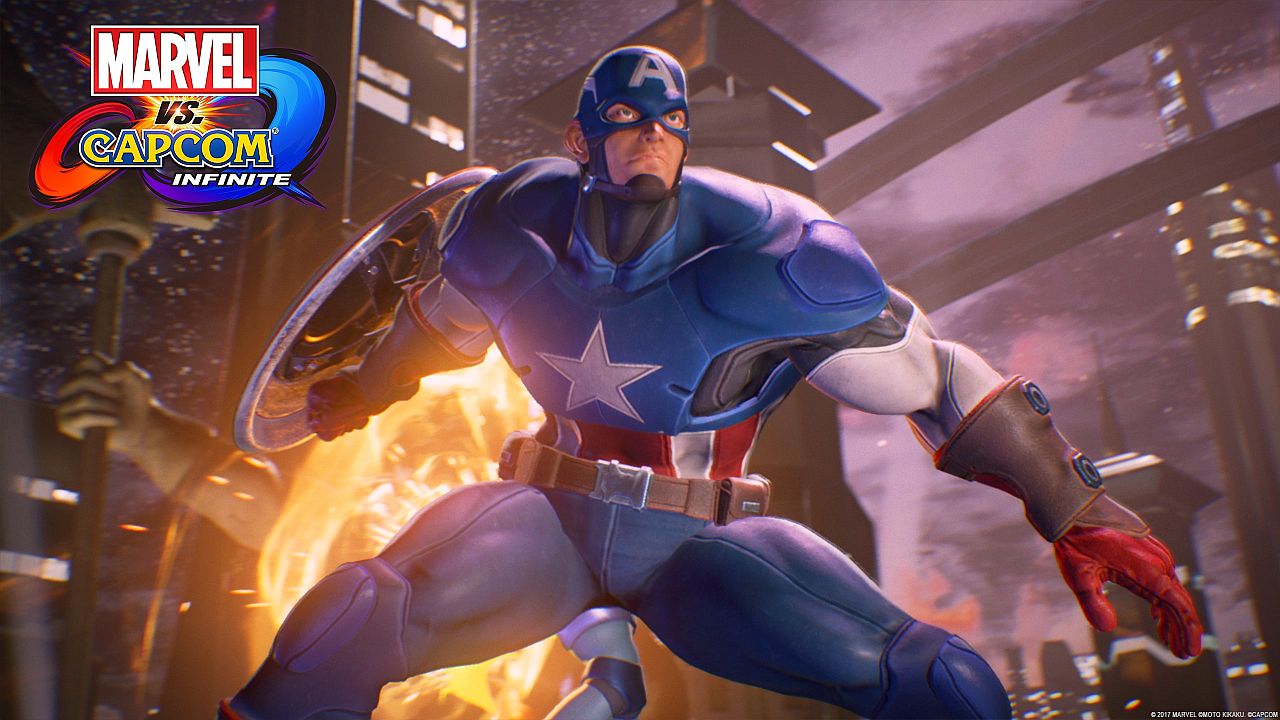
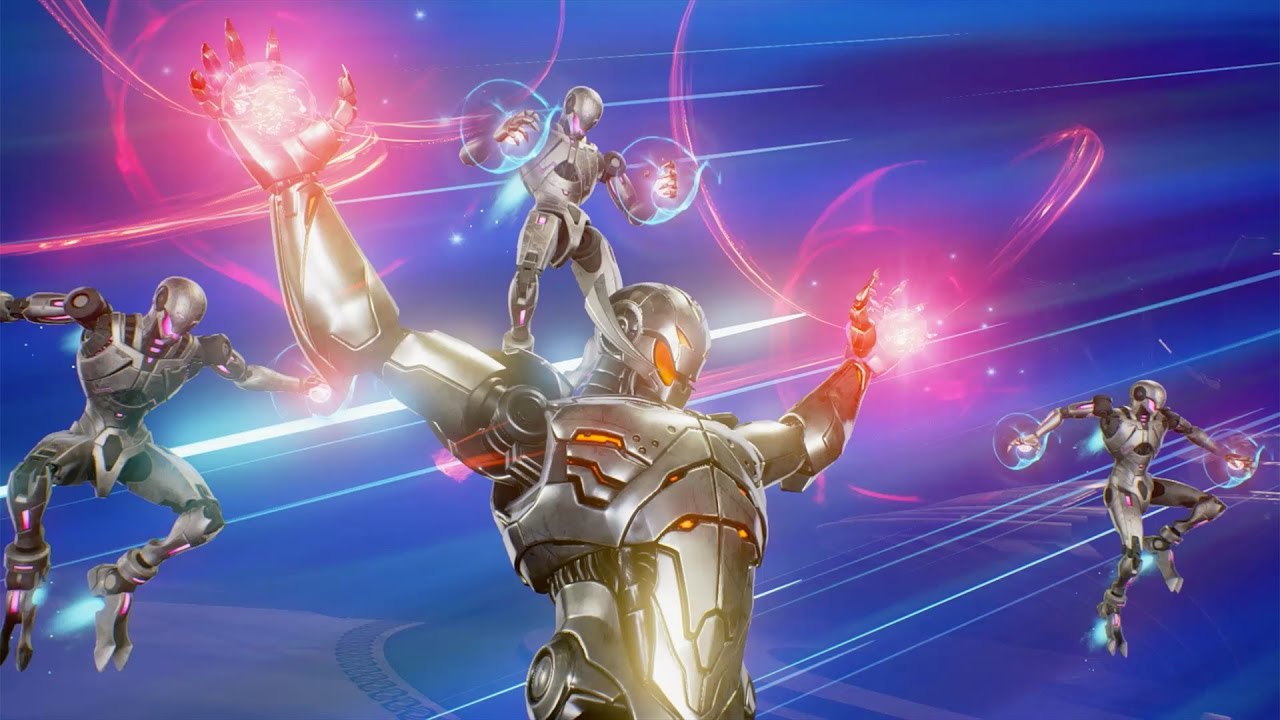
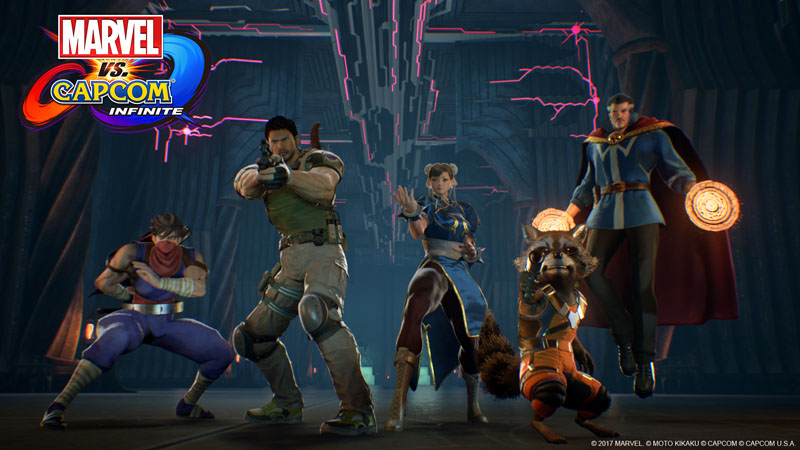





Published: Jun 19, 2017 12:29 am